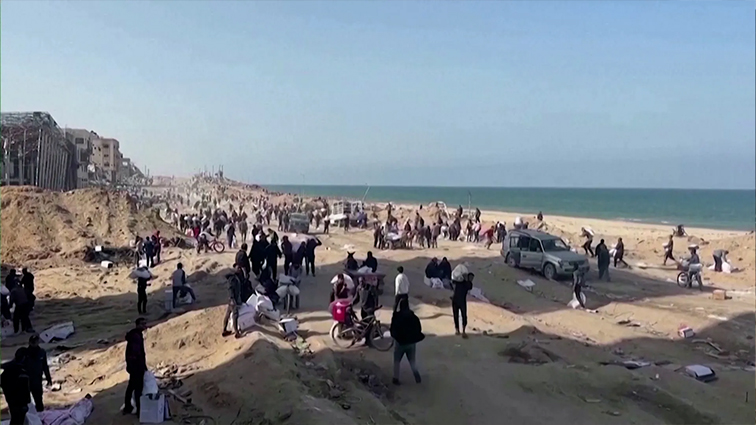Researchers have found sedimentary evidence in areas of the Tunisian coast affected by tsunamis caused by a powerful earthquake more than 1,600 years ago.
The earthquake occurred in the eastern part of the Mediterranean, near the coast of the Greek island of Crete, and led to a tsunami on the Egyptian and Libyan coasts opposite the Greek island.
Tunisian scientists, under the supervision of the National Office of Mines and in cooperation with Algerian seismologist Dr. Mustapha Maghraoui, along with Italian researchers, participated in the discovery, the results of which were published on the scientific website Scientific Reports.
Tsunami evidence was found by examining sedimentary layers near Tunisia’s coasts at low altitudes relative to sea level, making them more vulnerable to tsunami impacts.
These deposits consist of chaotic layers between 10 and 70 centimeters thick, consisting of gravel and sand mixed with pieces of shells and randomly scattered Roman pottery.
The random mix of sediments is evidence of a disaster, as the researchers analyzed samples from three sedimentary layers using radiocarbon 14C technology to determine the age of the sediment and the timing of the seismic event.
The results showed that the archaeological pottery discovered within these layers dates back to between the first and fourth centuries AD, and the date of sediment formation was determined between the years 286 and 370 AD.
The results of the research support the hypothesis that the sediments belong to the same period as the Great Crete earthquake, for which no similar seismic event has been recorded in the corresponding history.
Dr. Najib al-Bahrouni, the study’s principal investigator, found similar deposits from the same event on the island of Djerba, the Gulf of Gabes, the coasts of Sousse and Nabeul, as well as the Libyan city of Sabratha.
Historical evidence has also been found to support the link between the detected sediments and the tsunami caused by the Crete earthquake.
The documents indicate that a number of Roman cities on the eastern coast of Tunisia were damaged during the second half of the fourth century, and excavations in the city of Tine, located south of Sfax today, and in other cities reveal traces of building repairs dating back to that period.
Tunisia…Marginalization of Opposition and Strengthening of President Saied’s Control as Presidential Elections Approach
